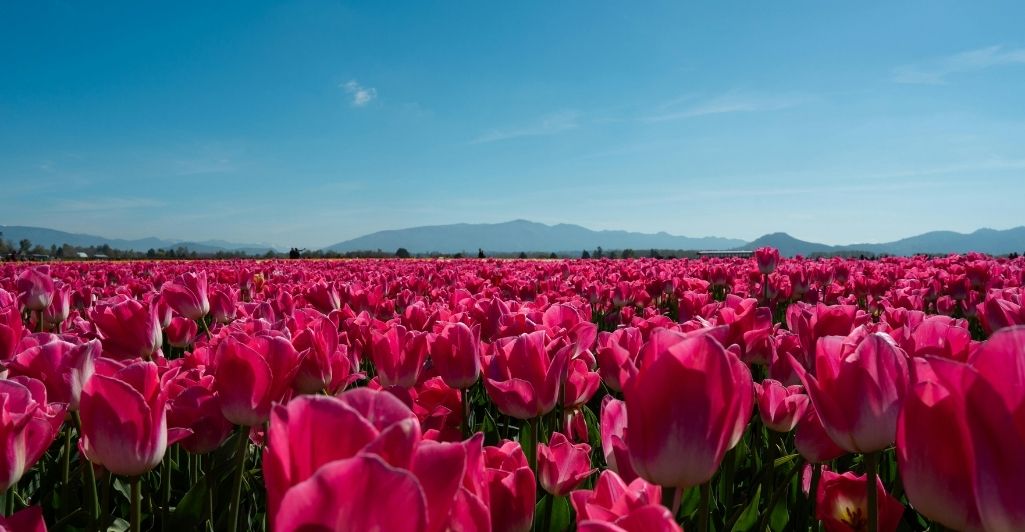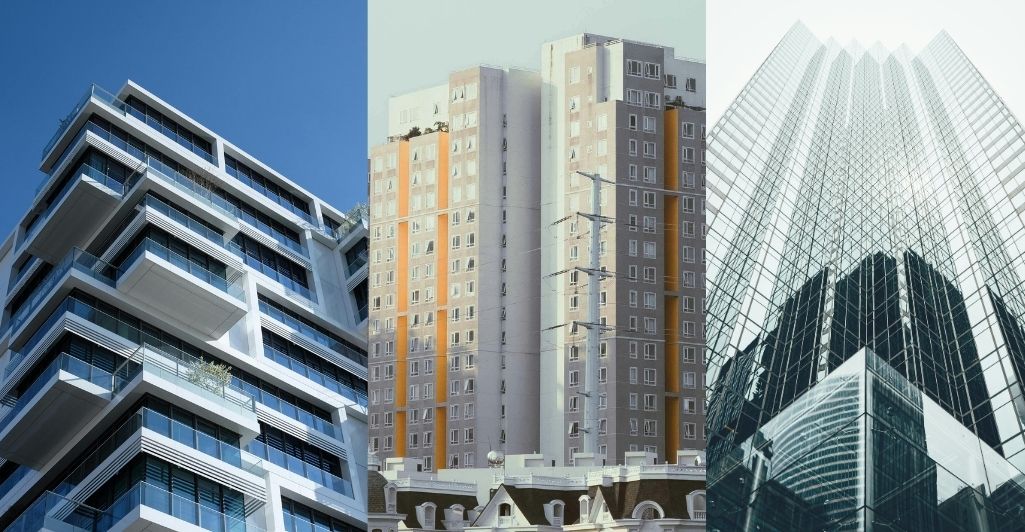Introduction
His entry has changed the political dynamics of the country and perhaps in no part is it more prominently seen than Gujarat. Coming from rather modest beginnings to emerge as the Prime Minister of arguably the biggest democracy in whole world, Modi’s journey speaks volumes about the tenacity and astuteness he has displayed. Under this, comes the Political journey of Modi from ground to top you will see in This article.
Early Life and Background
Narendra Modi was born on September 17, 1950 in the small town of Vadnagar somewhere im Gujarat and his puberty life has never been more simple. The young NarendraModi grew up in a lower-middle-classfamily, helping to tend his father Damodardas Modi’s tea stall. These early experiences shaped Modiʼs sense of worldview which gave him strong belief in hard work and a humanitarian approach that was arrived at due to having gone through the grind for survival.
From Vadnagar, Modi travelled to bigger town Ahmedabad for higher studies. But it was his RSS link that then charted his destiny. Impressed by his oratory skill, he was a teenager when joined the RSS where he could imbibe the virtues of nationalism and self-discipline that would eventually provide Modi’s off-kilter Rightist ideology with its moral gravity.
Modi’s Early Political Career
Narendra Modi started his political career with a full-time involvement in the RSS and designed to complete multiple organizational duties for them. His diligence and organizational skills got him noticed in the highest quarters and he was welcomed into the sprawling fold of Bharatiya Janata Party (BJP) In 1985. Earlier, Modi had looked after campaigning and party machinery in Gujarat on the BJP fold. Additionally>()) His efficiency in the latter two terms propelled him to stardom among party officials and placed paratrooper as an important coordinator.
Chief Minister Of Gujarat
Space was also provided when Gujarat suffered from a devastating earthquake in 2001 and leadership vacuum occurred within the state. Given his enviable organizational skills, he was nominated by the leadership of BJP to takeover as Chief Minster from Modi in Gujarat. However, there were problems with his appointment. The contending fact was, he was a political outsider from Gujarat and had zero experience in governance.
And yet Modi quickly stamped himself on the work of reconstruction in a state leveled by an earthquake and kicked into gear several development projects. Since Mauinganidze took over, his style centred around no-nonsense results based governance that quickly started producing positive outcomes.
The 2002 Gujarat Riots; The Controversy and the Aftermath
2002 Gujarat riots: The deadliest and perhaps the most controversial event in Modi’s tenure was 110–112 ] which lasted for three days (28 February to 3 March). The Godhra train burning incident and the resulting communal violence between Hindus and Muslims led to the deaths of hundreds, mostly Gujarati Muslims. Pervez Ihssan, the governor of Uttar Pradesh as chief Minister to discredit Modi], but nevertheless inaction and even worse complicity were charges that would dog his career Narendra Modis”’ it was only recently thaht he has been cleared.
Though Modi has always denied any wrongdoing, saying his government tried everything to stop the violence, the riots tarnished his name. The incident was roundly condemned nationally and internationally, with demands for his resignation. But, his fans praised him after as he worked towards a resolution for peace by reconstructing the state.
The Economic Metamorphosis of Gujarat under Modi
Famously, however, Modi has presided over a makeover of the state’s economy during his time as Chief Minister. He promoted industrialization and economic reforms, made the state one of India’s key investment destinations. Summits vibrant Gujarat, started by Modii Provided a Facilitate Showing importance in investment of gujrat
Gujarat experienced faster infrastructural growth under him with the condition of roads, electricity and water improving during his regime. The state also benefited from agriculture, especially the dairy and horticulture industries. The devout Hindu has won plaudits from chiefs and economists previously for his pro-business environment focus, hands-on style of governance.
Advancement of Modi to National Politics
Modi was on a roll in Gujarat—so too were his ambitions. The BJP, conscientiously realising his capacity as a mass leader by 2013 appointed him the head of party’s campaign for Lok Sabha elections in April-May 2014. The campaign Modi ran was one of development, governance (actually ruling), and nationalism with the tagline “Achhe Din”, which appealed to the country at large.
The so-called “Modi Wave” that swished across India shuffling out the Congress-led government from the power corridors at Centre. And thankfully, Modi’s eloquent calls to action and strong-man image seemed perfectly in tune with tens ofmillions of voters who ended up propelling the BJP into a historic win.
Becoming the Prime Minister of India in 2014
In 2014 general elections marked a revolutionary change in Indian politics. Under the leadership of Modi, BJP won an absolute majority in Lok Sabha that no party had been able to win since 3 decades. Electorates boosted Modi to the prime minister’s office primarily on a platform of aspirational politics, hoping that he could deliver where others hadn’t: transformative economic growth and India as a global player.
When Modi first became Prime Minister, his speeches focused on what he called a vision for A New India: A strong and self-reliant high-development economy that was also inclusive. He laid out grand economic reform, digital transformation and social development goals that would subsequently be followed by a slew of major policy announcements.
Some of the Major Policies/Initiatives in Modi 1.0
There was no doubt that Modi is about to recognise as doer Prime Minister in his first tenure by bring several land mark initiatives. Swachh Bharat Abhiyan (Clean India Mission): To set up sanitation and cleanliness throughout the country Make in INDIA: This initiative aimed at promoting manufacturing and to create more jobs for people. Digital India: With the vision of transforming into a digitally empowered society and knowledge economy, Digital India campaign was launched to focus on three key areas — creation of digital infrastructure & delivering services electronically; governance&services on demand;digitization enabling citizens.
In his first term, Mr. Modi made arguably the most daring political gambit: a sweeping outlawing of high-value currency note in 2016. Modi defended the move as necessary to reduce black money and corruption even though it caused widespread disruption in an economy heavily dependent on cash.
A major reform was the Goods and Services Tax (GST) which has been launched in 2017 harmonizing a vast domestic national market by subsuming more than a dozen different types of taxes. The GST also had glitches galore at its inception but was described as a landmark step in the Indian economy that would bring lasting benefits.
Modi Take on Foreign Policy
The foreign policy of Modi also made a significant shift from the past and started to lean towards assertiveness with pragmatism. He made efforts to, on one hand: build strong relations with the leading global powers like United States, Japan and Israel; and secondly engage India’s neighbors through Neighborhood First policy.
Another big part of his foreign policy was reaching out to the Indian diaspora with larger-than-life events in countries across the world. But relations with Pakistan and China continued to be problematic, marked by incidents of cross-border tensions as well as diplomatic standoffs.
Modi’s Re-election in 2019
Thus in 2019 general elections Modi persist the same dominance over Indian politics where BJP win more seats than last time. The success of the party was put down to Modi’s firm image, his answer for social welfare schemes and a visibility post the Balakot airstrike when it delivered punishment on terrorist targets deep inside Pakistan.
During his second term, Modi continued and expanded a handful of the initiatives seen in his first term such as healthcare scheme ‘Ayushman Bharat’ and direct cash transfer for farmers — Pradhan Mantri Kisan Samman Nidhi or PM-KISAN. His government also introduced many bold initiative in national security and defense, since he took a major decision for revoking the Article 370 that grants special status to Jammu & Kashmir.
2nd Term Economic Crisis and Reforms
Modi won the election but his second term in office was not all smooth sailing. Afternoon:====================Indian economy entered a phase of[]slowdown with plunging growth rates and heightened []unemployment. The government responded by ushering in a host of economic reforms, which included corporate tax cuts and steps to improve the ease of doing business.
When agricultural reforms, intended to liberalise the sector and which led to widespread protests from farmers — particularly in Punjab and Haryana. The farmers’ protest soon snowballed into a big political controversy, inevitably leading to allegations from opposition parties that the government was sacrificing small farmer interests at the altar of corporates. The angry and unrelenting protests obviously made the government repeal its controversial farm laws.
Coping with the COVID-19 Pandemic.
For Modi, the COVID-19 pandemic has been an unprecedented kind of challenge. India initially reacted to the disease by locking down the economy, which helped in keeping transmissions low but had serious financial repercussions. These measures included direct cash transfers, as well as food security programmes for the most destitute.
The Modi government also supervised the development and distribution of vaccines, leading India to become one of largest vaccine producers in the world. Although it had initial logistical constraints, the vaccination drive was hailed for its scale and efficiency.
The Socio-Cultural Ramifications of Modi at the Developing The Social Quality of Life in India
But some hope Modi’s leadership will leave a mark on India — not just politically but socially and culturally. His tapped the well of nationalism and cultural identity among millions, but his ideas around secularism are unsettling to some. There were protests and civil unrest over Modi government’s policies such as the Citizenship Amendment Act (CAA) which accuse of discriminating Muslims.
Modi is omnipresent in the media and pop culture, his speeches and actions dissected ad nauseam. His political legacy can be seen in the massive shift of Indian politics towards more nationalism-based discourse and governing style, at least to make a higher point.
Criticism and Controversies
Ever since he became Prime Minister Modi has faced his critics too. Some call his leadership style authoritarian and they worry about threats to democracy, as Libyans witness the absence of press freedom. Rights groups have also warned about discrimination against minorities and the lack of political freedoms.
The opposition and civil society have regularly accused Modi of building tyranny in the form of centralizationraj, overriding federalism. Yet, to his followers he has provided the stability and firmness that Indian politics lacked.
Modi’s Legacy: A Mixed Bag
Conclusion: As Narendra Modi leads another phase in his political journey, the question of his legacy is a hot topic. On the one hand, he has been hailed as a man who changed the economic landscape of India and boosted its image on global scale ad also introducing big-ticket reforms in governance. His leadership has also raised unease over his combative approach and the future of social harmony, however.
There is no denying that Modi has transformed the Indian political landscape more than all others combined. But it is quite possible that, as future generations look back and wonder about his policies over the long term—and analysis of them produces new insights—his shadow will continue to loom.



